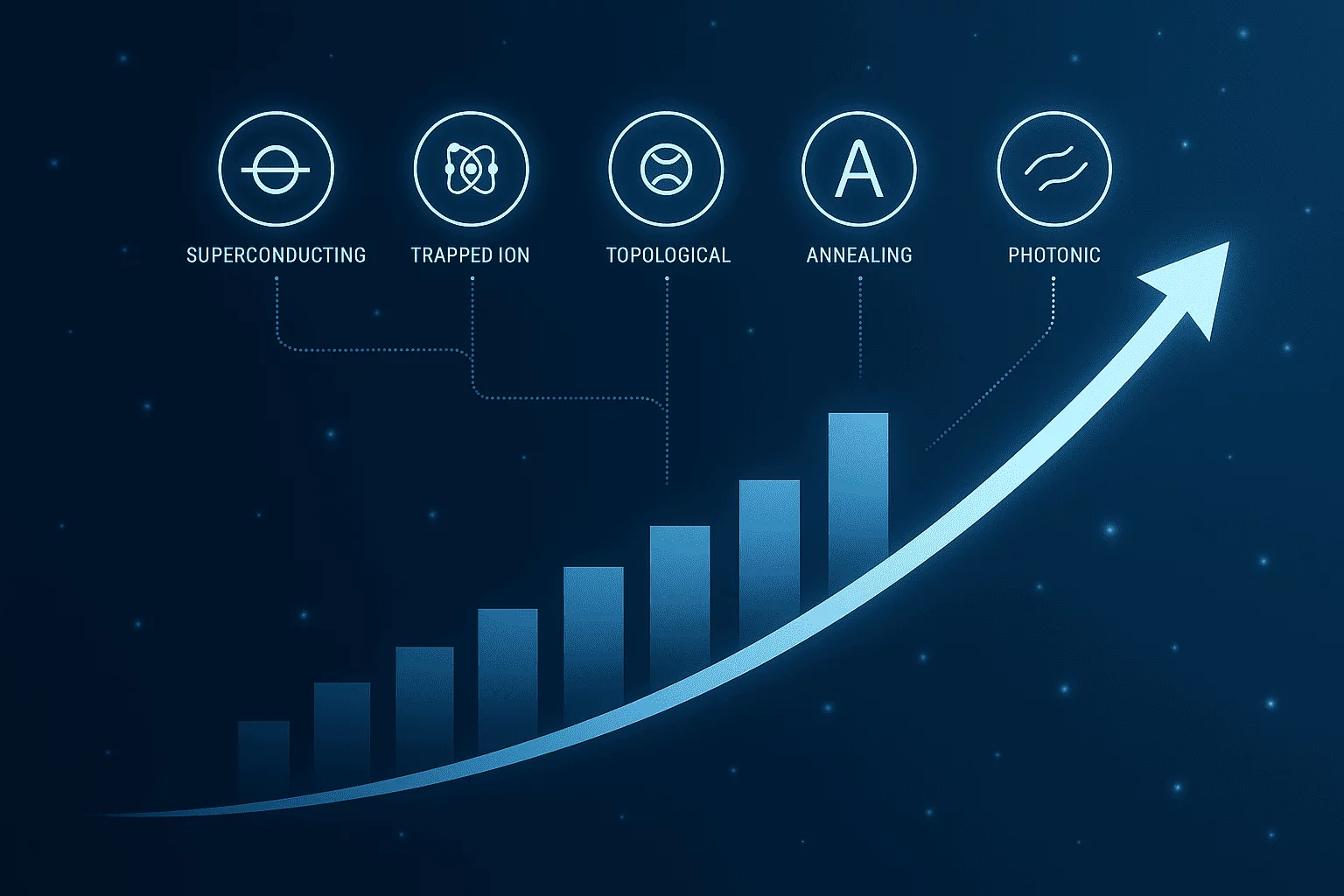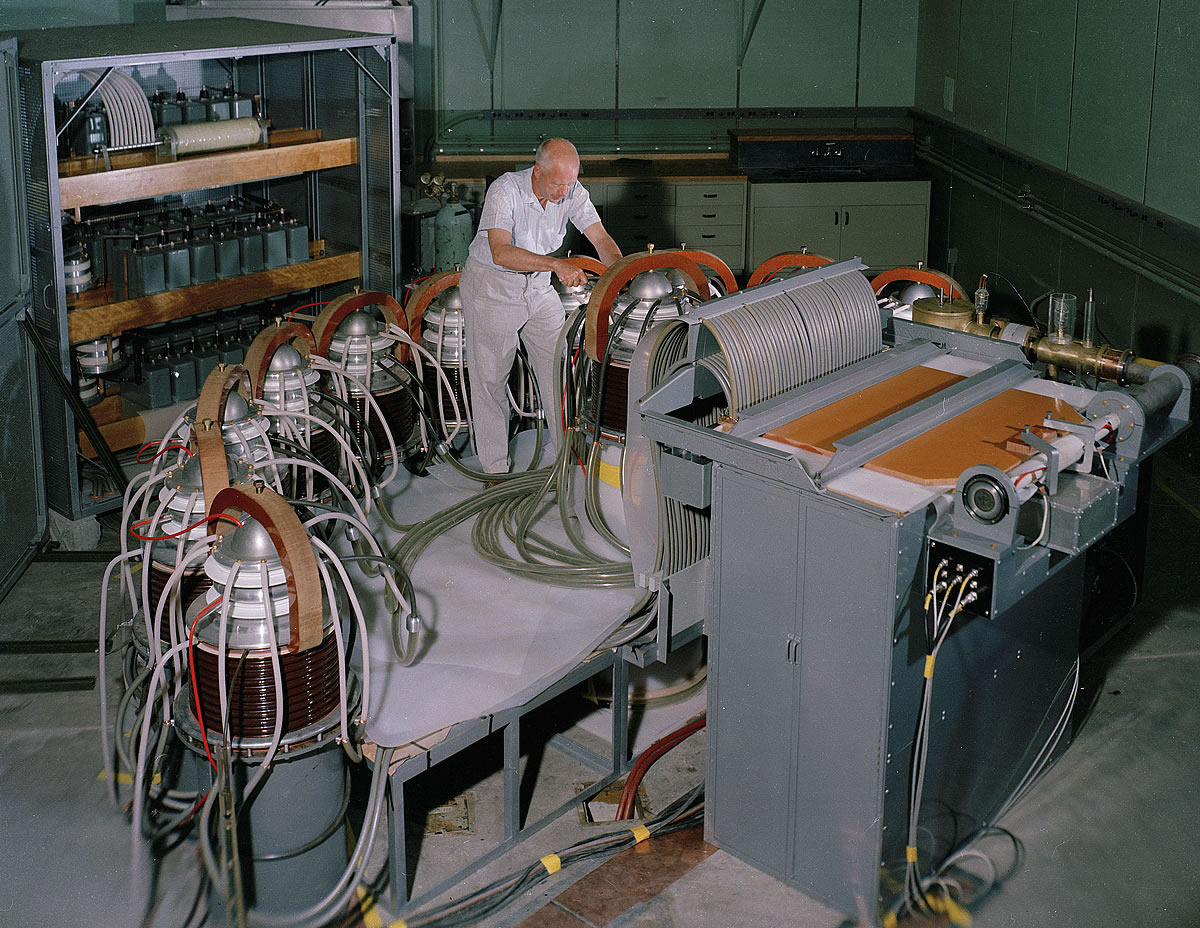Quantum computing has long been described in the language of revolutions. Its potential to solve problems intractable for even the fastest classical supercomputers—modeling complex molecules, optimizing global logistics, breaking certain cryptographic codes. It has fueled billions of dollars in investment and a swelling chorus of industry hype. Explore the latest advances in quantum error correction from Google, Alice & Bob, Riverlane, and others. Also the roadmap toward fault-tolerant machines capable of solving real-world workloads by 2029–2033.
Yet, in 2025, the truth is more sobering: today’s quantum devices are noisy, error-prone, and far from ready for the workloads that will make them indispensable. Decoherence, imperfect gate operations, and environmental noise all conspire to corrupt quantum information before useful computation can finish.
This is where quantum error correction (QEC) steps in. Just as classical computers rely on redundancy and correction codes to deal with bit flips and data loss, quantum computers need sophisticated schemes to detect and fix errors—without destroying the fragile quantum states they rely on. But the task is vastly more complex: you can’t simply copy a qubit the way you can copy a classical bit.
Over the past three years, the field has reached a tipping point. Teams at Google Quantum AI, Alice & Bob, Riverlane, and other research groups have demonstrated milestones that suggest fault-tolerant quantum computing—machines that can run arbitrarily long computations without succumbing to errors—might move from theory into practice within the next decade.
The period between 2029 and 2033 is increasingly seen as the window in which these breakthroughs could converge into commercial-grade systems. The road ahead is still steep, but the contours of that roadmap are now visible.
The stakes of fault-tolerance
Without fault-tolerance, quantum computing remains stuck in the so-called NISQ era—Noisy Intermediate-Scale Quantum—where algorithms must be short, noise-resilient, and often hybridized with classical computing to deliver any advantage.
Fault-tolerant machines will be able to:
- Run deep quantum circuits for hours or days without losing fidelity.
- Implement algorithms like Shor’s for large-number factoring at useful scales, or complex quantum simulations for drug discovery.
- Guarantee results within defined error bounds, enabling enterprise-level reliability.
From a commercial perspective, fault-tolerance unlocks the ability to sell guaranteed quantum services rather than experimental prototypes. It’s the difference between renting time on a lab curiosity and running production workloads in finance, chemistry, energy, and defense.
Advances in error correction: building the quantum immune system
Quantum error correction works like an immune system for quantum information. It encodes one logical qubit into many physical qubits. The quantum state is spread across them, so errors can be detected and fixed without direct measurement. One leading approach is the surface code. It arranges qubits in a 2D lattice and uses stabilizer measurements to catch bit-flip and phase-flip errors.
In January 2023, Google Quantum AI showed that their surface-code logical qubits improved in error rate as code distance increased. This proved scalable error suppression. Their superconducting qubit tests achieved logical error rates around 2.9×10⁻³, with potential for much lower rates as qubit counts and fidelities grow. Meanwhile, Alice & Bob in Paris are developing cat qubits, stored in superconducting resonators. These use superpositions of coherent states to protect against phase flips, cutting correction overhead.
In 2024, they showed a hundredfold improvement in phase-flip suppression, making their method a possible shortcut to lower logical error rates. Riverlane in Cambridge, UK, takes a different role. They focus on control systems to run error correction at scale. Their Deltaflow OS works across hardware types and manages decoding and correction in real time. By 2025, their decoders hit sub-microsecond latencies—fast enough for large-scale surface codes.
Hardware convergence and diversity
One of the most encouraging trends is the diversity of hardware approaches making progress toward fault-tolerance. Superconducting qubits, trapped ions, neutral atoms, photonics, and spin qubits in silicon all have teams actively pursuing error correction schemes tailored to their strengths.
Trapped-ion systems, for instance, boast very high gate fidelities—often above 99.9%—making them strong candidates for low-overhead codes. Companies like IonQ and Quantinuum have demonstrated small-scale logical qubits with multi-round error detection.
Neutral-atom arrays offer the advantage of flexible connectivity and scalability in 2D and 3D geometries. ColdQuanta and QuEra are investigating how these architectures might map naturally onto topological codes with reduced wiring complexity.
Photonic qubits, pursued by Xanadu and PsiQuantum, are well-suited to certain bosonic error correction codes, with the additional benefit of room-temperature operation. PsiQuantum’s roadmap explicitly targets a fault-tolerant million-qubit machine by the early 2030s, heavily dependent on efficient photonic error correction.
Roadmap timelines: 2029–2033 as the inflection point
Forecasts from leading labs and analysts converge on a similar window for the first commercially useful, fault-tolerant machines. While precise dates vary, the period between 2029 and 2033 is widely cited as the likely inflection point, assuming steady progress in both hardware scaling and QEC performance.
Google’s public roadmap outlines a goal of delivering a system capable of running a “quantum advantage” chemistry simulation relevant to drug discovery by the early 2030s. This would require thousands of logical qubits, each protected by hundreds or thousands of physical qubits.
PsiQuantum’s vision for 2030 is a photonic architecture with one million physical qubits implementing a large-distance surface code, targeting workloads in climate modeling and industrial chemistry.
Alice & Bob aim to shorten this timeline by reducing overhead with intrinsically protected qubits, potentially reaching logical-qubit parity with fewer than 100 physical qubits per logical qubit—a fraction of the surface-code cost.
Commercialization pathways
Moving from a lab demonstration to a commercially viable fault-tolerant machine will require solving more than just the physics. Supply chains for quantum-grade cryogenics, ultra-low-noise electronics, and error-correction-optimized chip fabrication must mature in parallel.
Cloud delivery is the most likely model for early commercialization, with fault-tolerant systems hosted in centralized facilities and accessed via API. This reduces the integration burden for customers while allowing providers to amortize the high capital costs.
Pricing models could shift from per-qubit-per-second charges to per-logical-operation billing, reflecting the value of guaranteed, error-corrected computation. This would align quantum computing more closely with traditional high-performance computing contracts.
The role of standards and interoperability
As more players converge on fault-tolerance, standardization will become critical. Initiatives like the Quantum Economic Development Consortium (QED-C) and IEEE’s P7130 working group on quantum terminology are already laying groundwork for common definitions and benchmarks.
Interoperability between hardware and software layers will be a competitive advantage. If Riverlane’s OS can seamlessly control a mix of superconducting and ion-trap processors. Also, if Google’s QEC stack can run on neutral-atom systems, the market could see multi-vendor ecosystems rather than siloed hardware monopolies.
Challenges that remain
Even with the optimism surrounding 2029–2033, formidable challenges remain. Scaling to millions of physical qubits requires not only fabrication breakthroughs but also ultra-reliable control electronics and cryogenic interconnects.
Energy consumption is another consideration. Large-scale quantum systems, especially those operating at millikelvin temperatures, could draw significant power for refrigeration and control infrastructure—raising both cost and sustainability questions.
There’s also the human factor: quantum engineering talent is in short supply. Training enough specialists to design, operate, and maintain fault-tolerant systems will require coordinated investment from academia, industry, and governments.
Conclusion:
Fault-tolerance is the dividing line between quantum computing as a research curiosity and quantum computing as an industrial workhorse. By 2025, we can see the route to crossing that line—not clearly paved, but mapped with enough landmarks to make the journey plausible.
From Google’s scaling of surface codes to Alice & Bob’s protected cat qubits and Riverlane’s real-time decoders, the technical pieces are slotting into place. If they can be integrated at scale between 2029 and 2033, the world could see the first quantum computers capable of delivering reliable. Also with reproducible results on problems of genuine commercial and scientific importance.
As Mattias Knutsson, Strategic Leader in Global Procurement and Business Development, observes:
“The race to fault-tolerance isn’t just a hardware race—it’s a supply-chain, standards, and talent race. The organizations that align these elements early will define the first generation of dependable quantum services, and with them, the first wave of real-world quantum value.”
The next decade will decide whether quantum computing’s potential remains locked behind the error barrier, or whether it becomes a dependable tool—one that companies can integrate into mission-critical workflows without hesitation. The 2029–2033 window could be the moment that decision is made.




